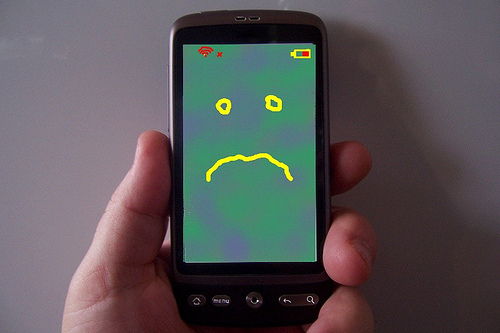Have you ever wondered why your smartphone starts misbehaving at times, when a newer model has been released? This might explain why.
I came across an article this morning that details how researchers at New York University (NYU) published a paper that shows how to infect smartphones with a digital version of progeria. Progeria is a rare genetic disorder that causes young people to manifest old age faster. This disease has been popularized in movies like Jack and The Curious Case of Benjamin Button.
The paper titled “MAGIC: Malicious Aging in Circuits/Cores,” discusses a number of ways through which hardware could be attacked by “aging integrated circuits rapidly and causing them to wear out.” This attack could slow down the performance, or even lead to total failure of the device.
Circuits are made to last for a long time, but they can be degraded depending on the type of software installed on the device. So, if you install a malicious software on your phone, or you download one, you are killing your smartphone in the process.
The paper highlights scenarios where customers or companies use software to kill devices.
One scenario is where the customer, after a company releases a new phone, runs malicious software on his old phone. This way, when the phone is broken, the customer then goes on to trade it in for a new one, saying the phone is broken. Yikes!
Another scenario, and the one this article is most concerned about is the Planned Obsolescence scenario.
Simply put, planned obsolescence happens when a company releases a product with an artificial limited useful life or when a product is purposely made to seem unfashionable after a period of time. This is the idea behind certain companies releasing new products, consecutively, in a short space of time. Most of the time, the new releases have minimal improvements on the previous versions. Nevertheless, the manner of release and entry into the market will make you feel like your ‘new’ phone is so old school, already. This feeling is not accidental, it’s purposely solicited. It’s the result of planned obsolescence, and why a phone released in January 2015 can already start to feel ‘old’ in July.
So, next time your smartphone starts to misbehave around the same time it has a new junior brother, be aware, it may just be an “inside job”.
Photo Credit: Ron Bennetts via Compfight cc





















